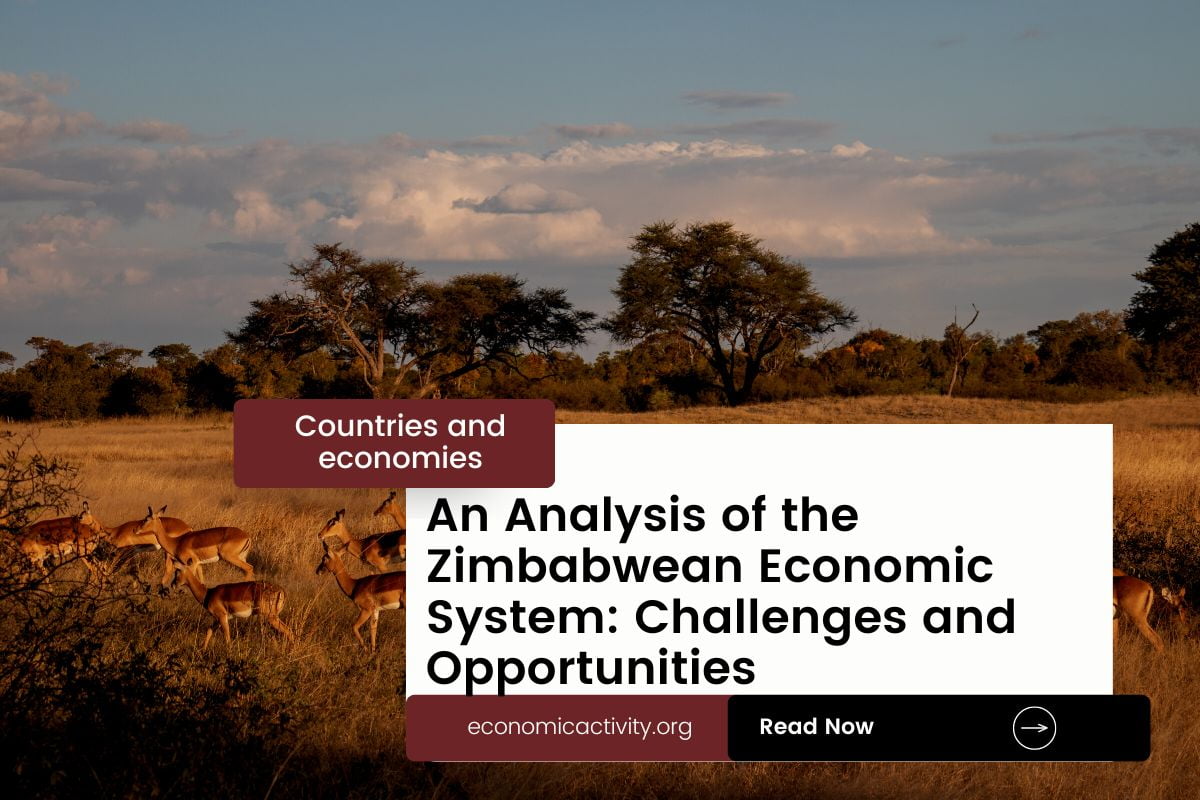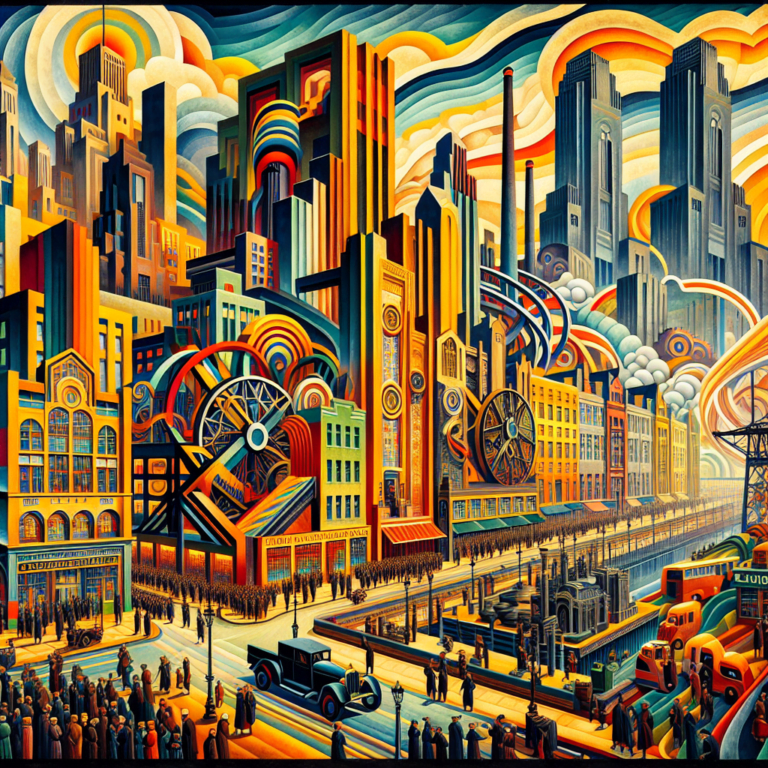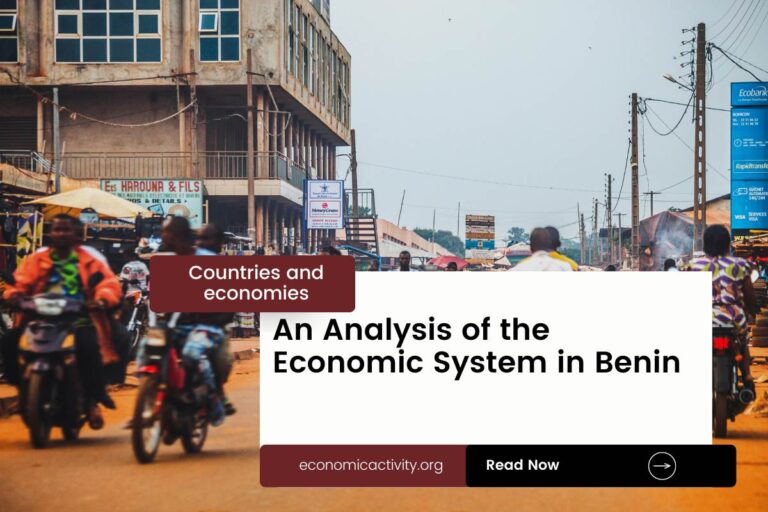What is the economic system of Zimbabwe? The economy of Zimbabwe is based on a mixed economy. The country’s economic system combines elements of a market economy and a planned economy.
Zimbabwe’s economy is primarily agriculture-based, with tobacco, corn, and cotton being major crops. Mining of gold, platinum, and diamonds contributes significantly too. The manufacturing sector, including food processing and textiles, is also relevant. However, instability and poor infrastructure hamper growth.
In Zimbabwe, the economy is composed of a private sector, consisting of individuals and businesses that make autonomous decisions based on self-interest, and a public sector, where the state determines the production and distribution of certain goods and services. No country is purely capitalist or purely communist.
What do the freedom indexes tell about the economic system of Zimbabwe?
Now, to determine if a country is mostly a market economy or a planned economy, it is useful to examine some economic indexes. For instance, according to the 2022 Index of Economic Freedom, which measures the ability of every human to control his own labor and property, Zimbabwe is ranked 173th globally and 46th in Sub-Saharan Africa indicating that the country has a repressed economy.
In a similar way, the 2022 Freedom House index evaluates the state of political rights and civil liberties globally. Generally, market economies tend to align more with democracy and freedom, while command economies tend to be characterized by greater state control and fewer democratic and civil liberty protections.
Zimbabwe gets a score of 28/100, which qualifies it as Not Free. Zimbabwe is a country where the government controls what people do for political reasons, and people have limited freedom to choose (what, how much and how to produce, whether to buy or not, selling price, etc.)
The Link Between Public Sector Employment and the Economic System of Zimbabwe
An indicator of the extent to which the State is involved in the economy is the number of public sector employees. In Zimbabwe, according to ILOSTAT, the number of public sector employees as a percentage of the total workforce is 12.1% (2019).In the country’s mixed economy, the number of public sector employees as a percentage of the total workforce varies based on the specific policies and practices adopted by the State.
Some economic activities are left to the private sector while others are under government control. The bigger the public sector the closer is the economy to being a command economy
The historical factors that have influenced the economic system of Zimbabwe
The current mixed economy system of Zimbabwe is a result of a combination of factors, including the legacy of colonialism, the impact of globalization, and the country’s own economic policies.
Colonialism left a legacy of inequality and poverty, while globalization has increased the country’s dependence on foreign markets and investment. Zimbabwe’s own economic policies have also played a role, with the government’s focus on state-led development and its reliance on export-oriented agriculture.





Leave a Reply